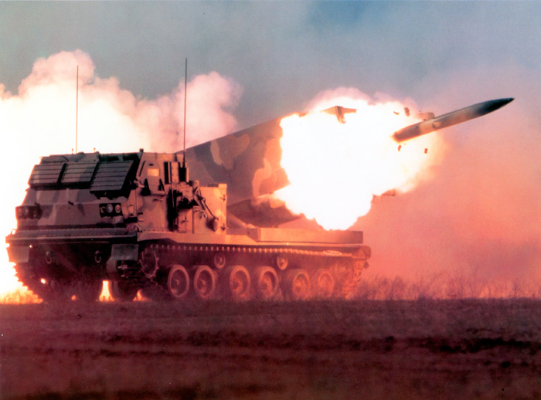California’s Aerojet Rocketdyne announced Monday that it had been awarded an Air Force contract to develop 3-D printing for “Large-Scale Additive Manufacturing.” Unlike traditional 3-D printing that shapes parts out of composites and plastics, additive manufacturing uses lasers to melt metals into complex shapes with very specific hardness and heat tolerances.
Making complex metal parts for aerospace usually requires a multi-machine process to cast, forge, machine, assemble and weld a given part or assembly. Additive manufacturing combines many steps into one machine.
The additive manufacturing process starts with a 3-D computer-aided-design drawing loaded into the 3-D printer. Then, an electron beam gun deposits metal layer by layer to create a form. Lasers then cut, shape and mold the form into the final part.
The biggest advantage of additive manufacturing is that it reduces material costs and speeds the completion time for small lot production runs. The high degree of specialization in producing rockets has led to horror stories over the cost of individual parts or assemblies. Additive manufacturing can dramatically cut the cost of limited run manufacturing.
The Air Force contract will pay Aeroject for the cost of developing several large-scale lasers to melt metal used in develop liquid rocket engine parts. Advances in rocket motor development have increased the demand for precise parts.
“We have developed and successfully demonstrated additive-manufactured hardware over the last four years but the machines have been limited in size to 10-inch cubes,” Steve Bouley, vice president of Space Launch Systems at Aerojet Rocketdyne, said in a news release. “These next generation systems are about six times larger, enabling more options for our rocket engine components.”
Jeff Haynes, program manager of Additive Manufacturing at Aerojet Rocketdyne, said in a news release:”Additive manufacturing shifts these advances into high gear and ultimately transforms how these engines are produced.”
When it comes to project for Aerojet, it really is rocket science.
Image: Aerojet Rocketdyne

COMMENTS
Please let us know if you're having issues with commenting.